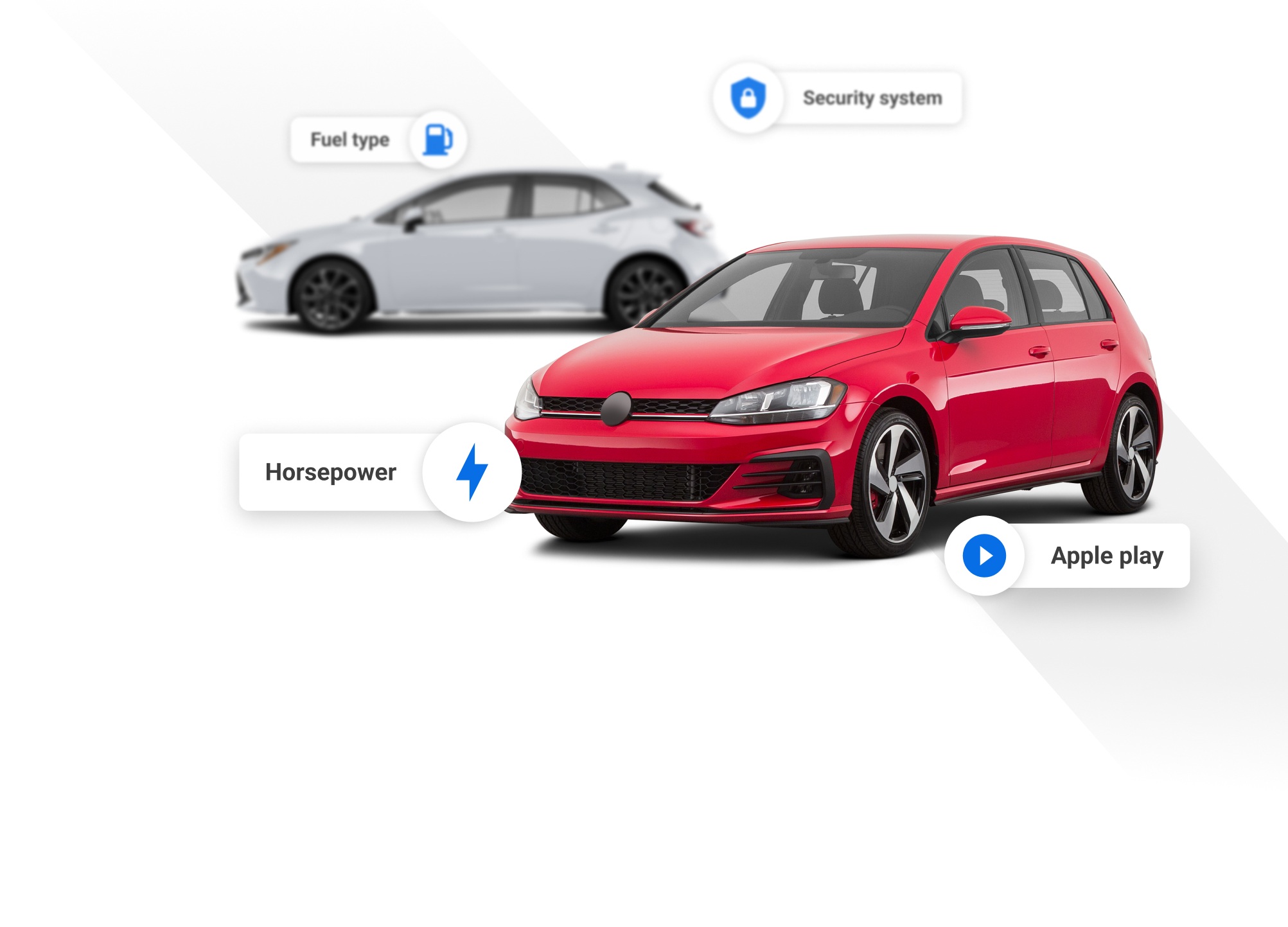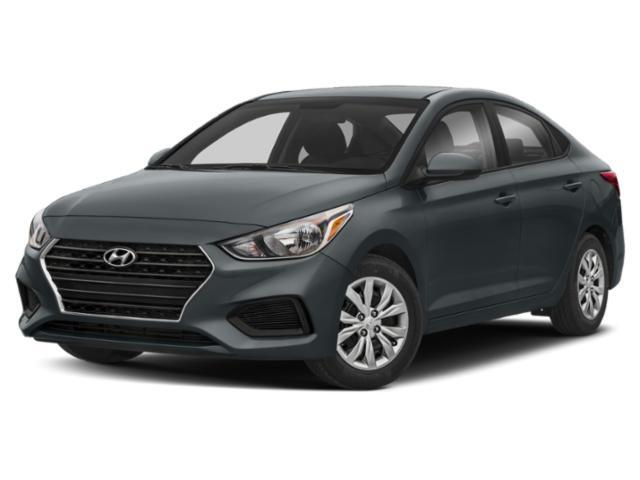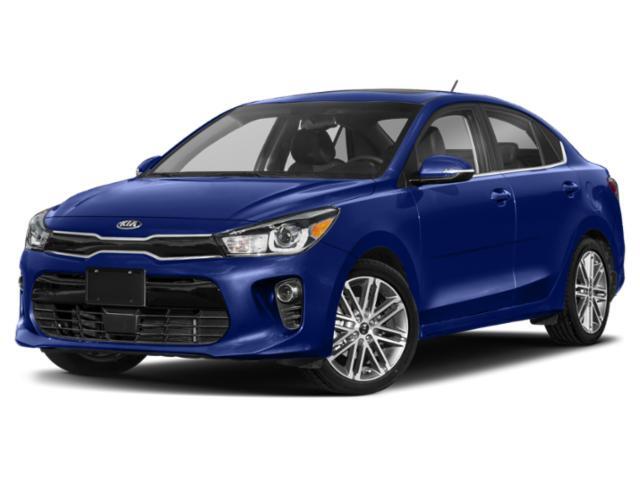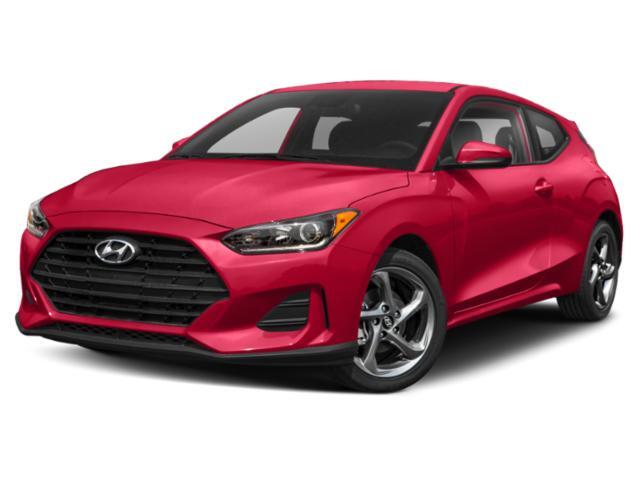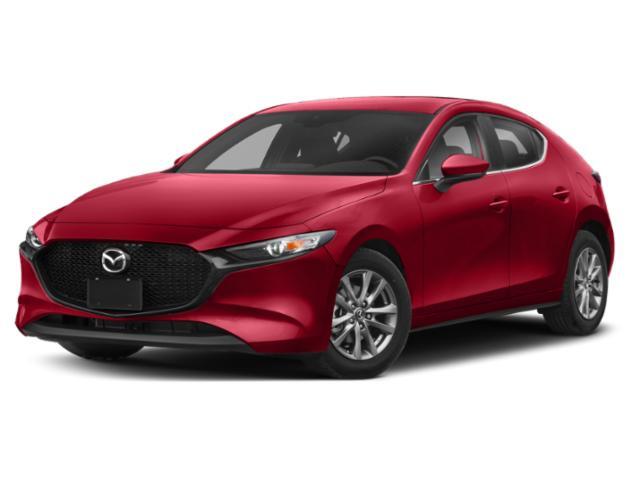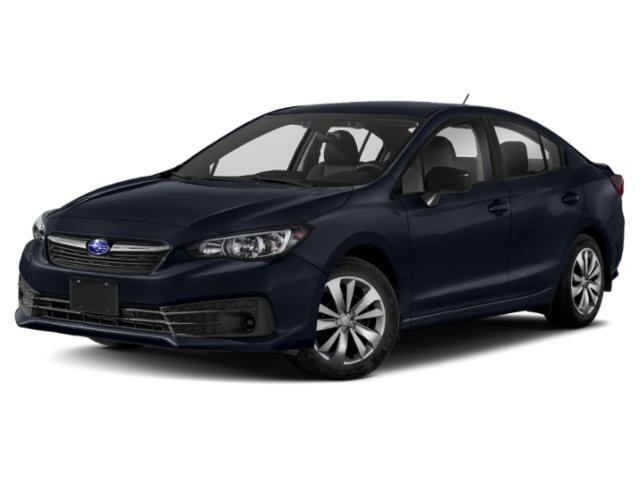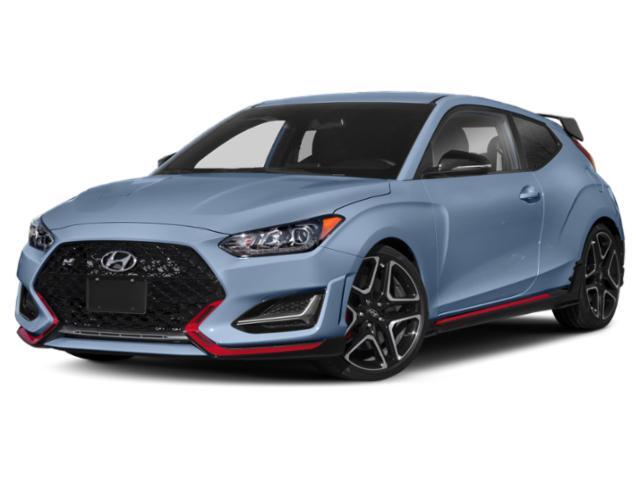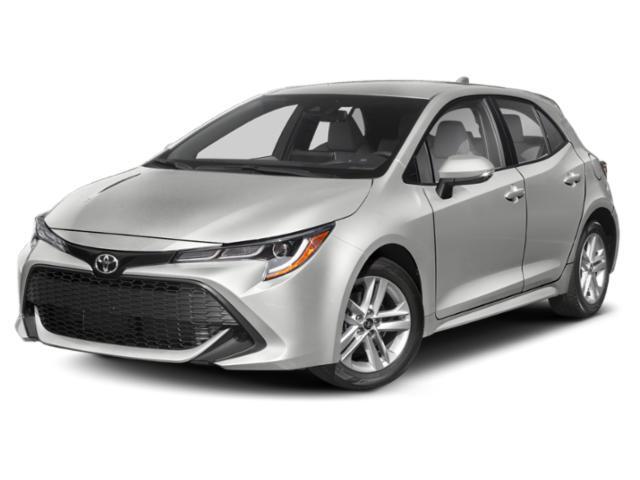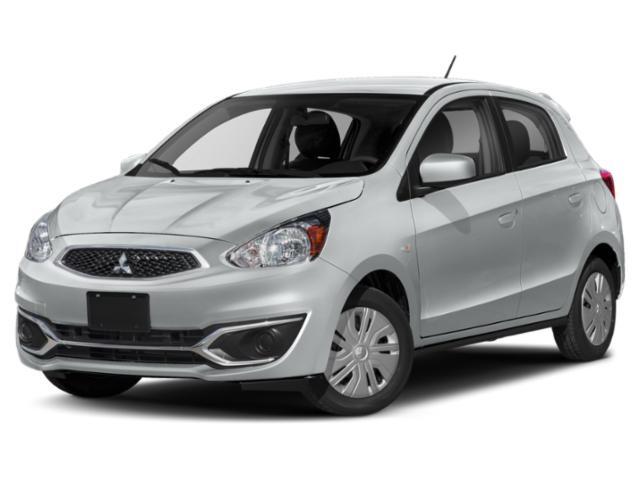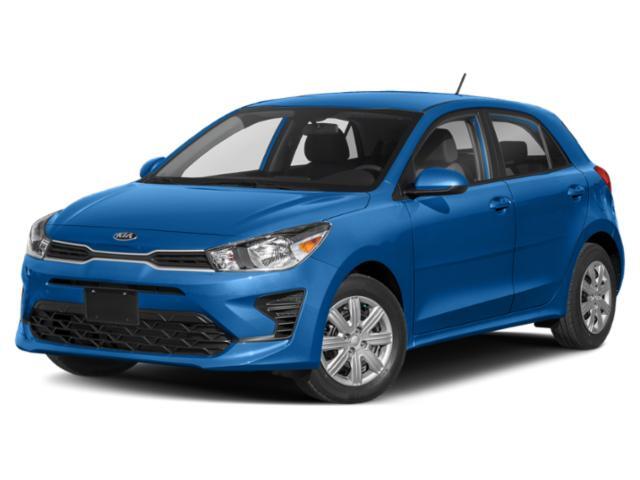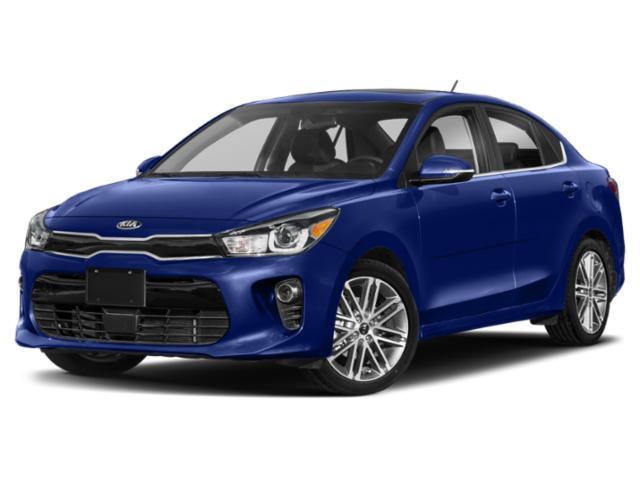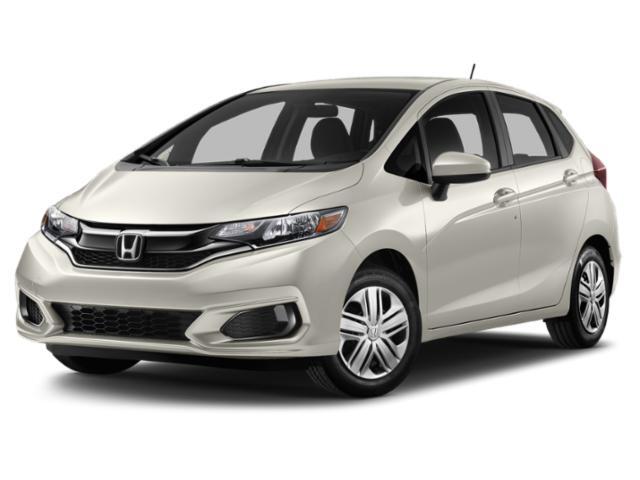
2020 Toyota Yaris

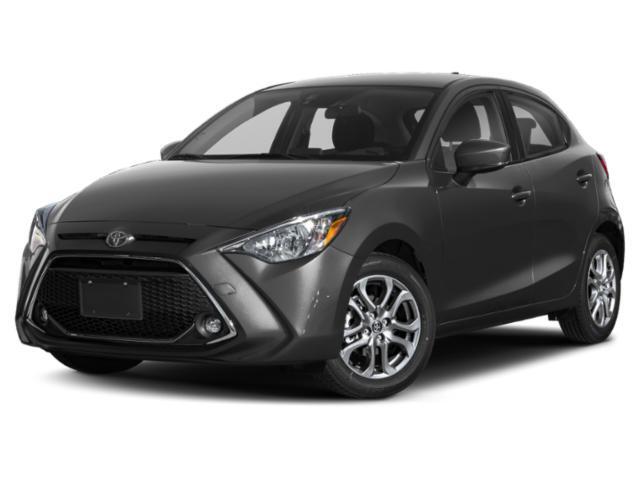
Key Specifications for 2020 Toyota Yaris






Buyer’s Guide
History / Overview
The Toyota Yaris name dates back to 2006, when the company introduced a new subcompact car to replace the Echo. Toyota redesigned the Yaris in 2012, and in 2016 Toyota added a sedan that was a rebadged version of the Mazda2.
What's New / Key Changes from Last Year
For 2020, Toyota tightens its relationship with Mazda, rolling out a new Yaris hatch that is a barely retouched version of the Mazda2 sold in overseas markets.
Available Trims
Toyota offers the Yaris in base and XLE trims. Entry-level models come with a choice of six-speed manual and automatic transmissions; XLE is automatic only. All Yaris models use a 1.5L four-cylinder engine.
Standard Features
Standard kit include power door locks, push-button engine start, keyless entry, cruise control, low-speed collision avoidance, a six-speaker stereo with Apple CarPlay and Android Auto, a 7.0-inch infotainment screen, tilt-and-telescopic steering, air conditioning, power windows, 16-inch steel wheels, and heated/power-adjustable side mirrors.
XLE trim adds a heated/leather-trimmed steering wheel, heated front seats, 16-inch alloy wheels, a rear spoiler, and fog lights.
Fuel Economy
Toyota's fuel consumption estimates are 7.3/5.9 L/100 km (city/highway) with the automatic transmission, and 7.8/6.1 with the stickshift.
Competition
The Yaris subcompact competes against the Honda Fit, Hyundai's Accent, the Kia Rio, Fiat's 500, and the Mitsubishi Mirage.
Review & Compare:
Photos

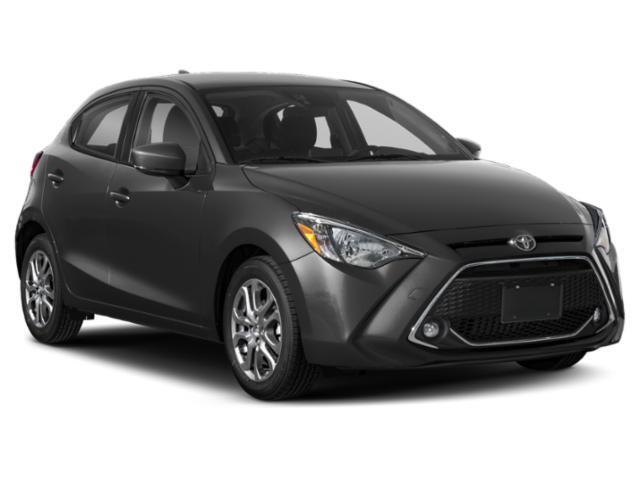
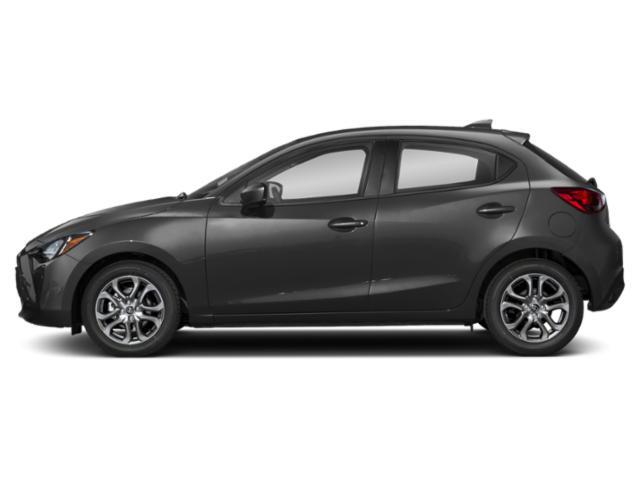
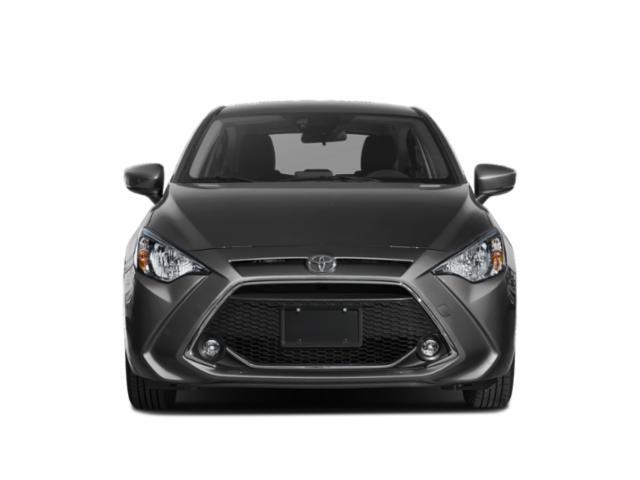
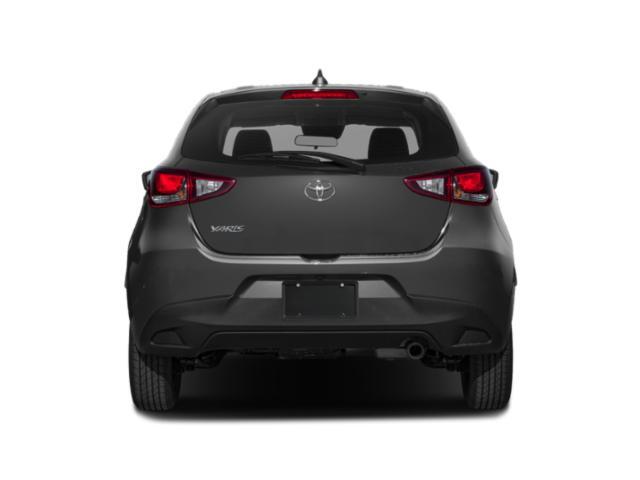
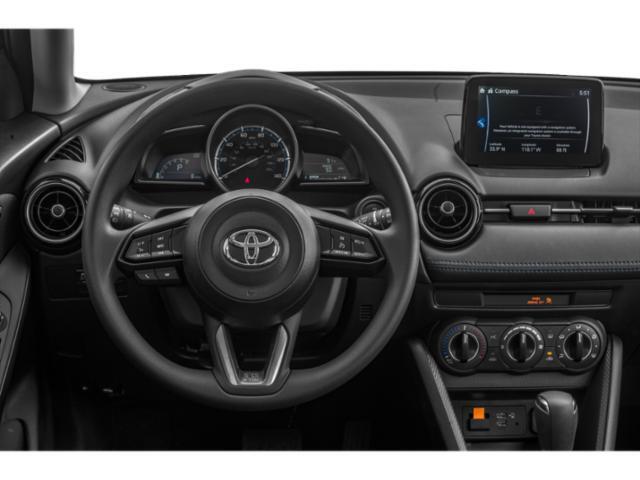
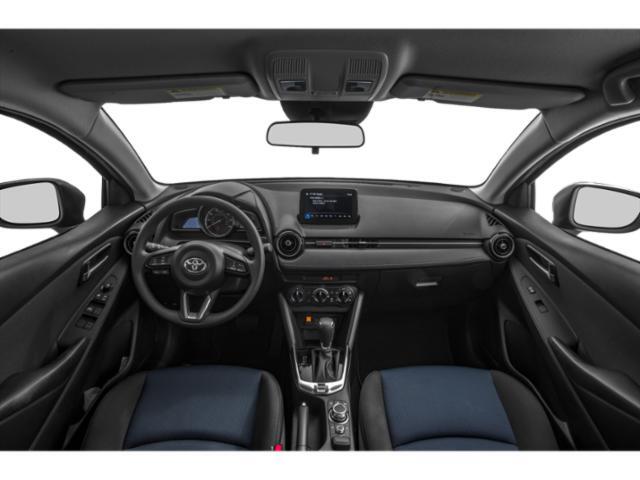
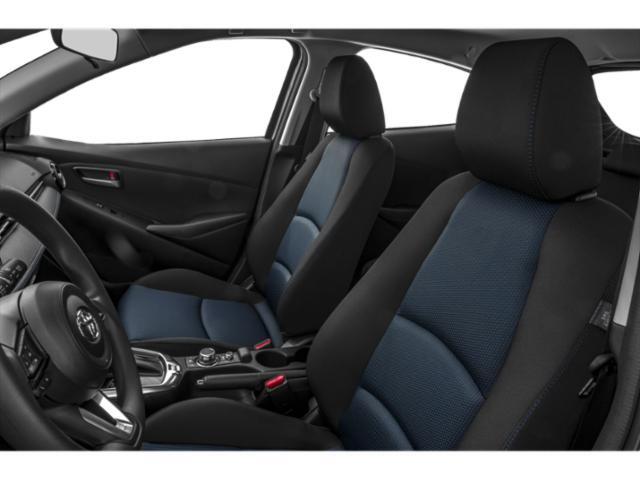
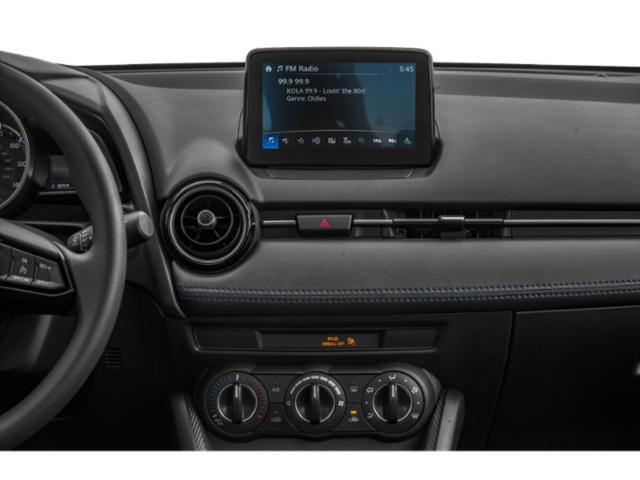
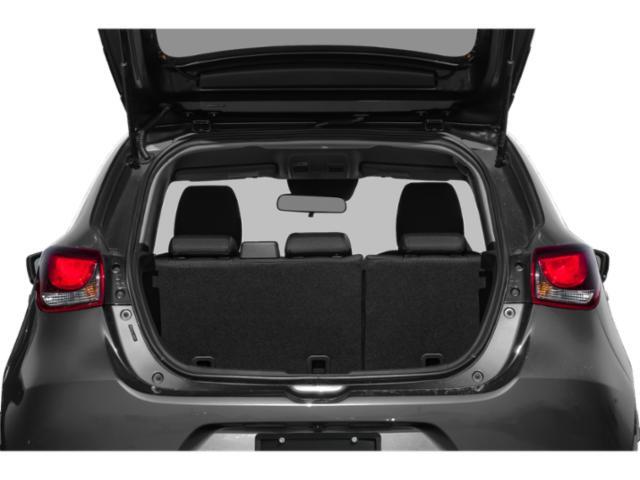
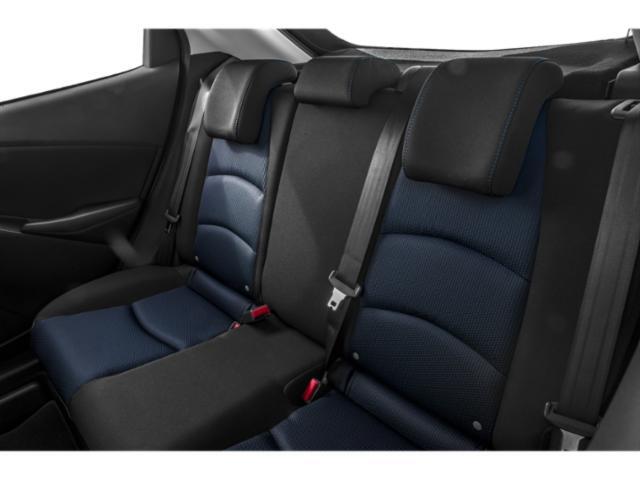
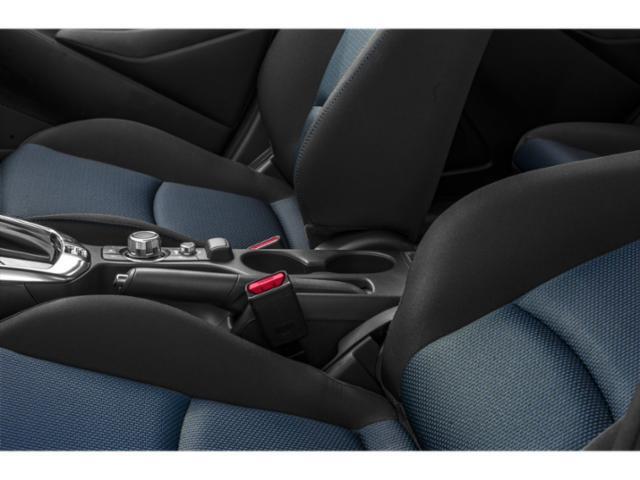
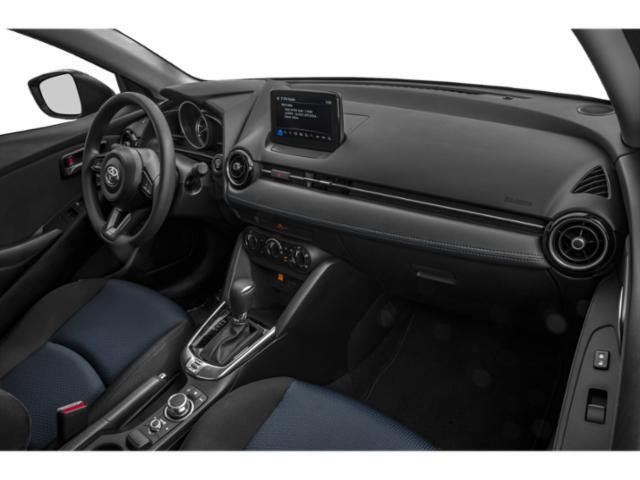













AutoTrader Review





